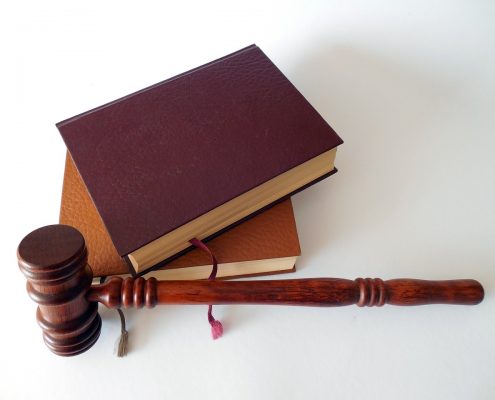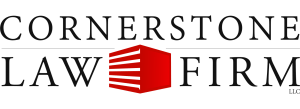Posts

Motorcycle Injury: What to Do When You Have Been Injured in Berks County, Pennsylvania
Car Accident, Personal Injury
When you have been injured in a motorcycle crash, the injuries can be catastrophic. Every serious rider knows that no matter how safe you are, and no matter carefully you abide by the rules of the road and accepted safety practices, the risk…

What is the Common Fund Doctrine?
Car Accident, Personal Injury
The “common fund doctrine” is an important equitable rule of law that personal injury attorneys employ to maximize an injured person’s overall recovery. When you have been injured in a car accident, a truck crash, or some other motor…

What is a "Plaintiff?"
Lawsuit
In today’s post, we continue our series on litigation terminology, helping you to understand the various terms used when you’re involved in a lawsuit. Today’s question is, “What is a plaintiff?”
The word “plaintiff” is the…

Injured on 222? We Can Help.
Car Accident, Personal Injury
Pennsylvania Route 222, which runs through the heart of Berks County, is becoming not only the busiest but also the most dangerous road in the area. 222 has long been a source of economic growth to Berks County and to Reading, but in recent…

Wrongful Death in Reading, Pennsylvania
Wrongful DeathWhen a loved one passes away because of someone else’s negligence, it can be very hard to decide what to do next. Nothing can ever replace the individual that you’ve lost in your life, but you are entitled to compensation for the enormous…
Construction Litigation
ConstructionOne of the most commonly litigated issues in America is construction. Whether it’s because a construction company failed to do the work that was promised, did the work inadequately, or because of buyer’s remorse that causes a customer to…
